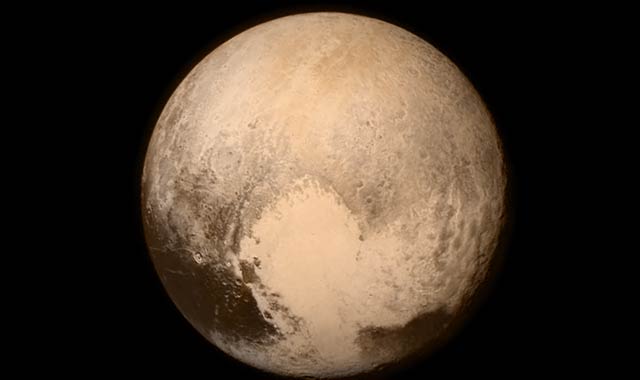
A US spacecraft became the first to fly past the dwarf planet Pluto on Tuesday, capping the exploration of the solar system, scientists said.
Scientists at Johns Hopkins Applied Physics Laboratory in Maryland celebrated the New Horizons spacecraft’s closest approach to Pluto, even though the first signal from the craft to confirm its historic approach would be received only 14 hours later.
The New Horizons probe will give astronomers the first close look at what was once the most distant planet in the solar system, even if it is now considered a dwarf planet in the distant Kuiper Belt.
The craft was to speed past Pluto at a distance of about 12 500km and past Charon, the largest of Pluto’s five moons, at a distance of 29 000km and send back the first close-up images of the system.
Little is known about Pluto due to its distant location and unusual orbit that makes it hard to observe from Earth. While the orbiting Hubble telescope has been able to provide small, grainy images of Pluto, New Horizons will be able to photograph Pluto at such a fine level that features the size of a football pitch will be visible.
New Horizons’ instruments will capture a slew of data about Pluto to map its geology, surface composition and temperatures. It will also examine the dwarf planet’s atmosphere, search for an atmosphere around Charon, study Pluto’s smaller moons and look for other satellites, Nasa said. — DPA

